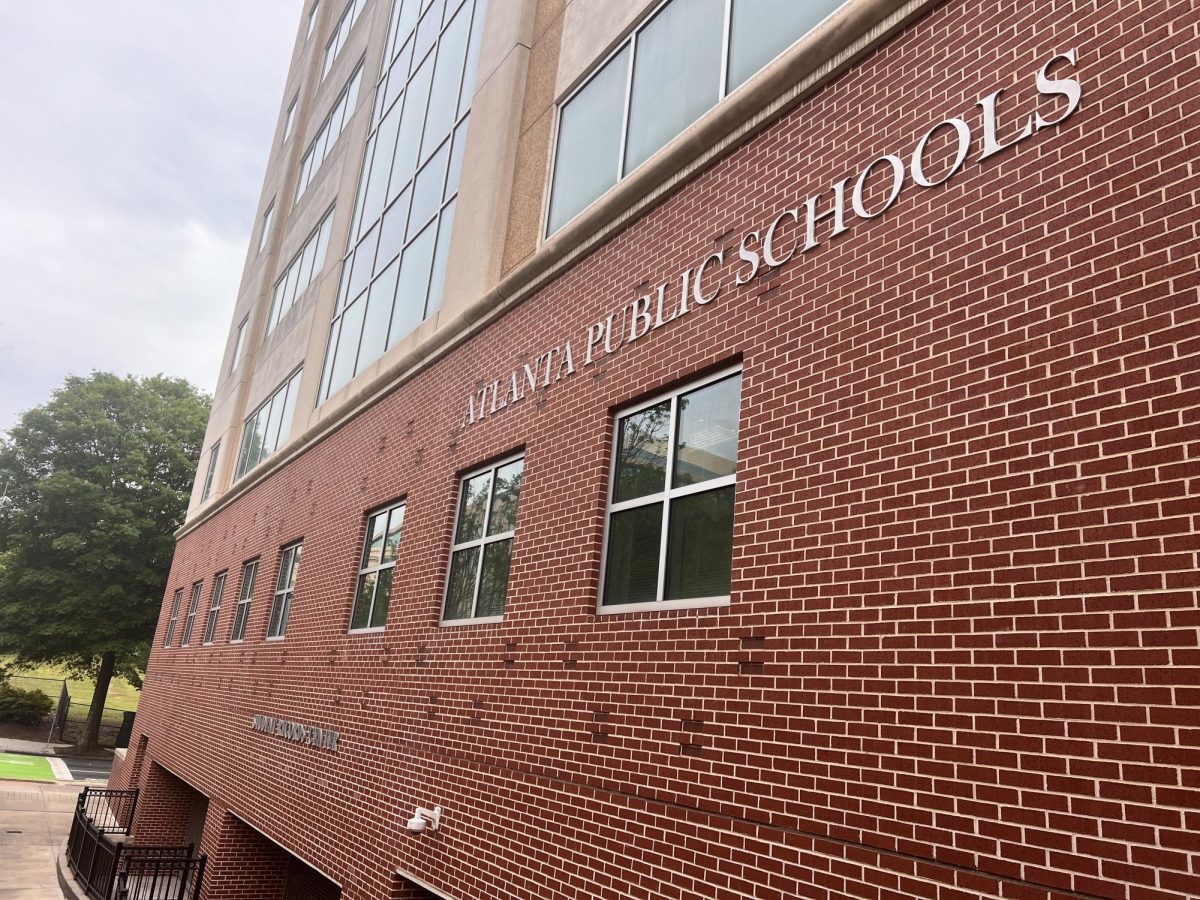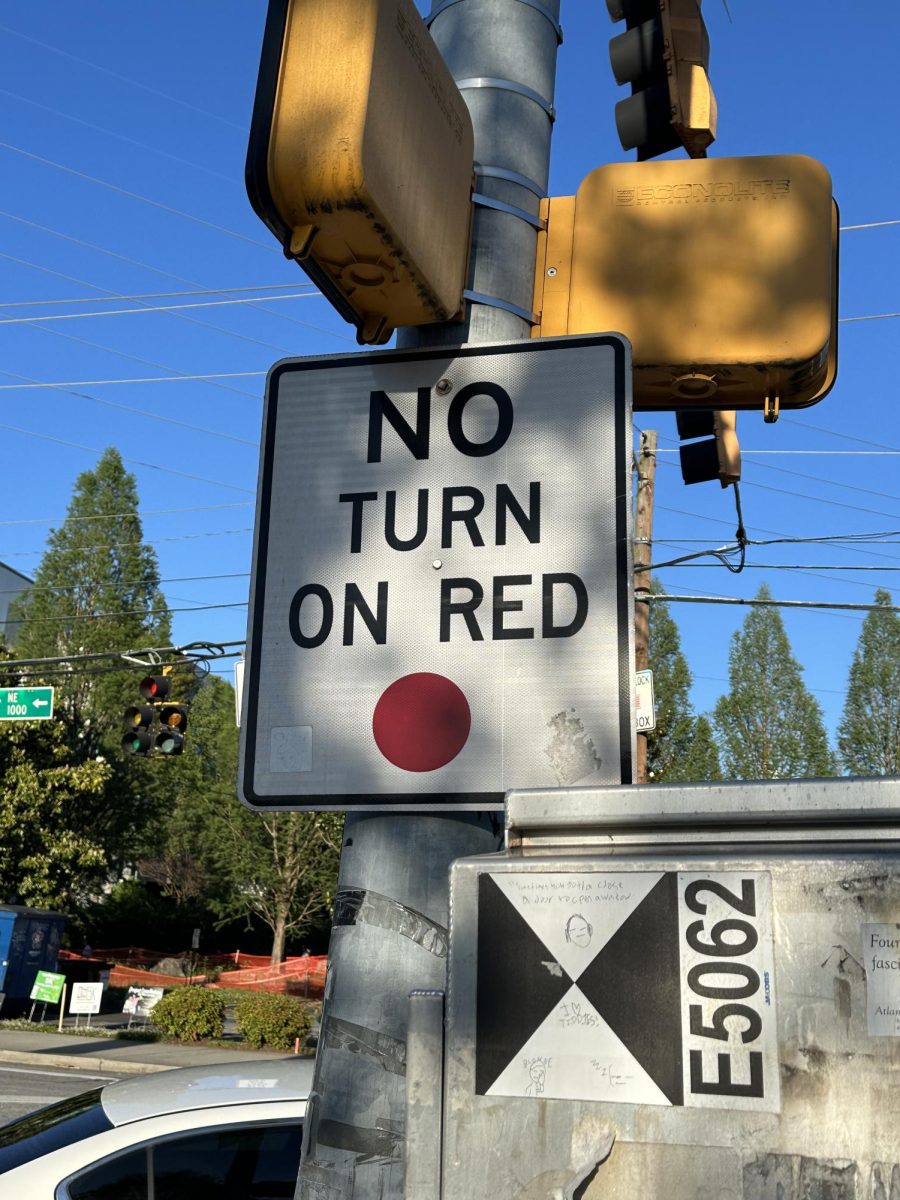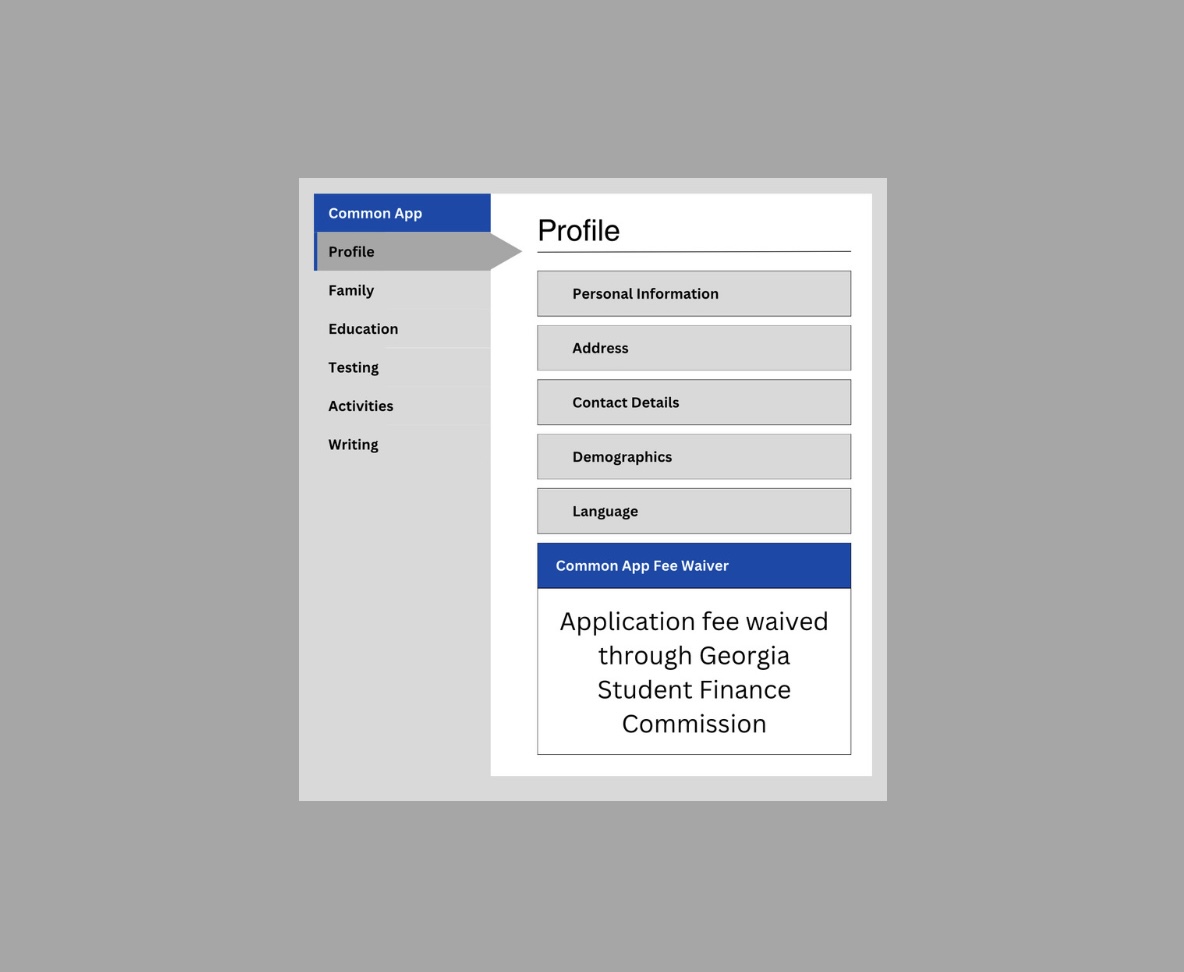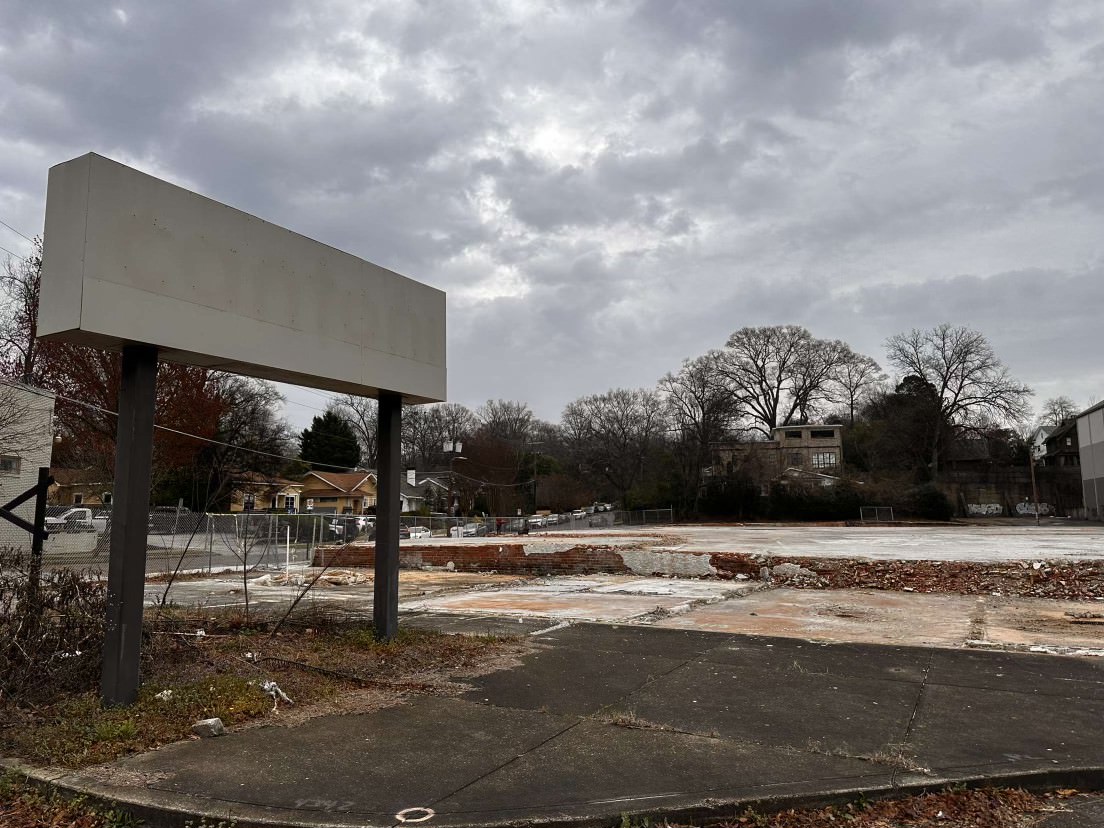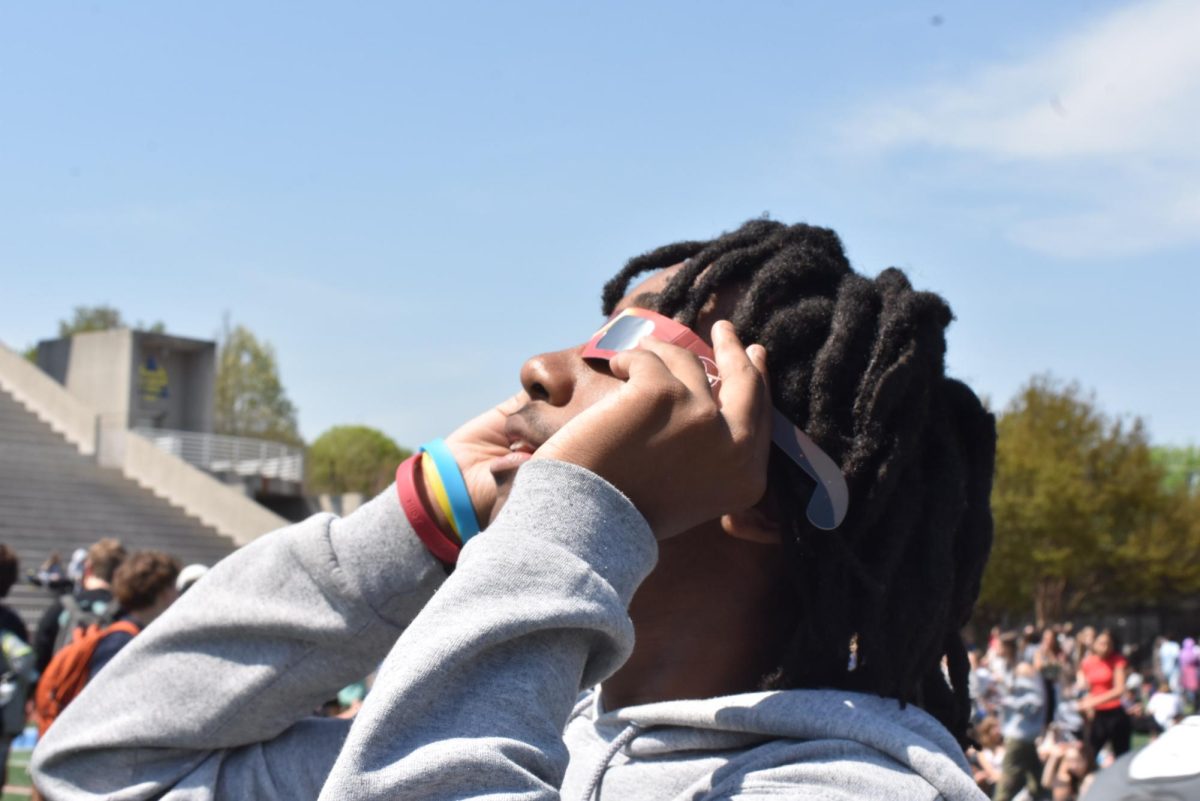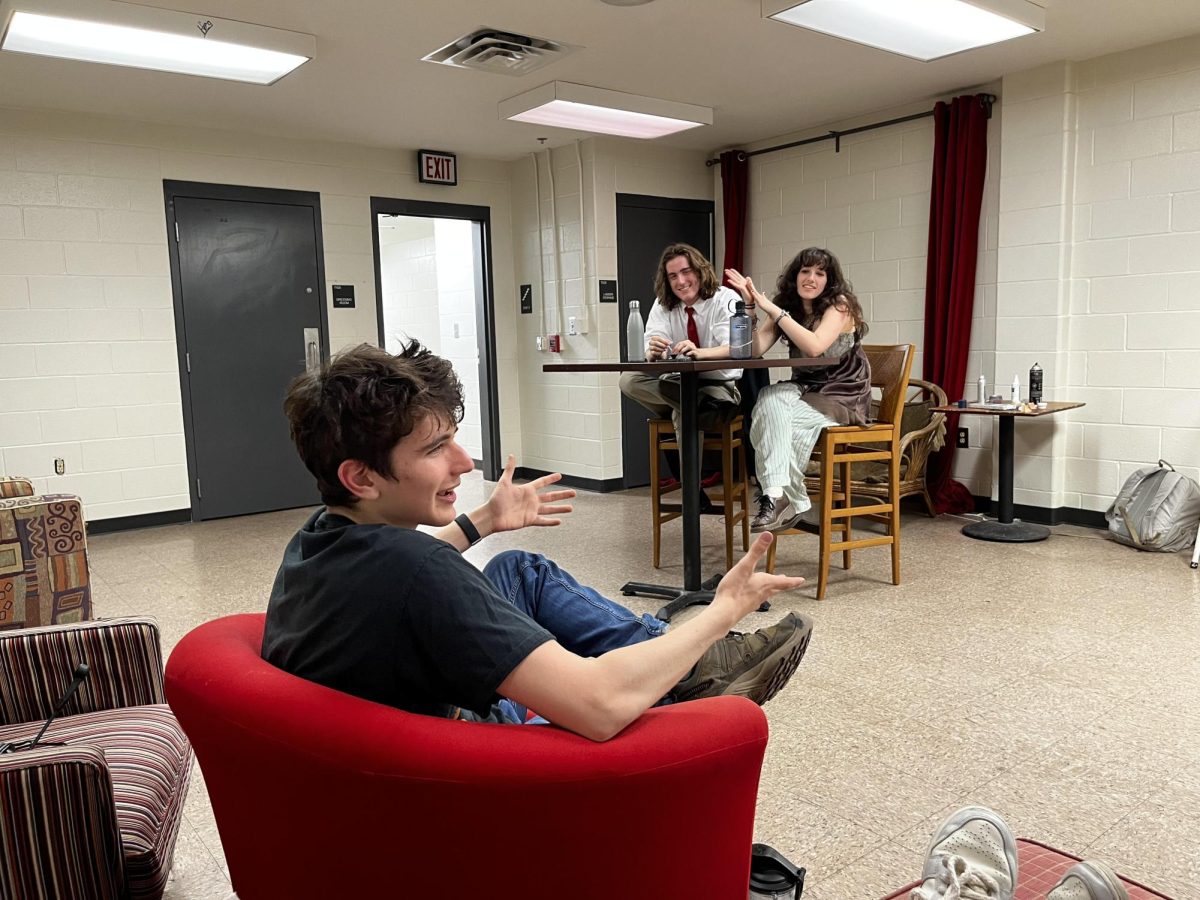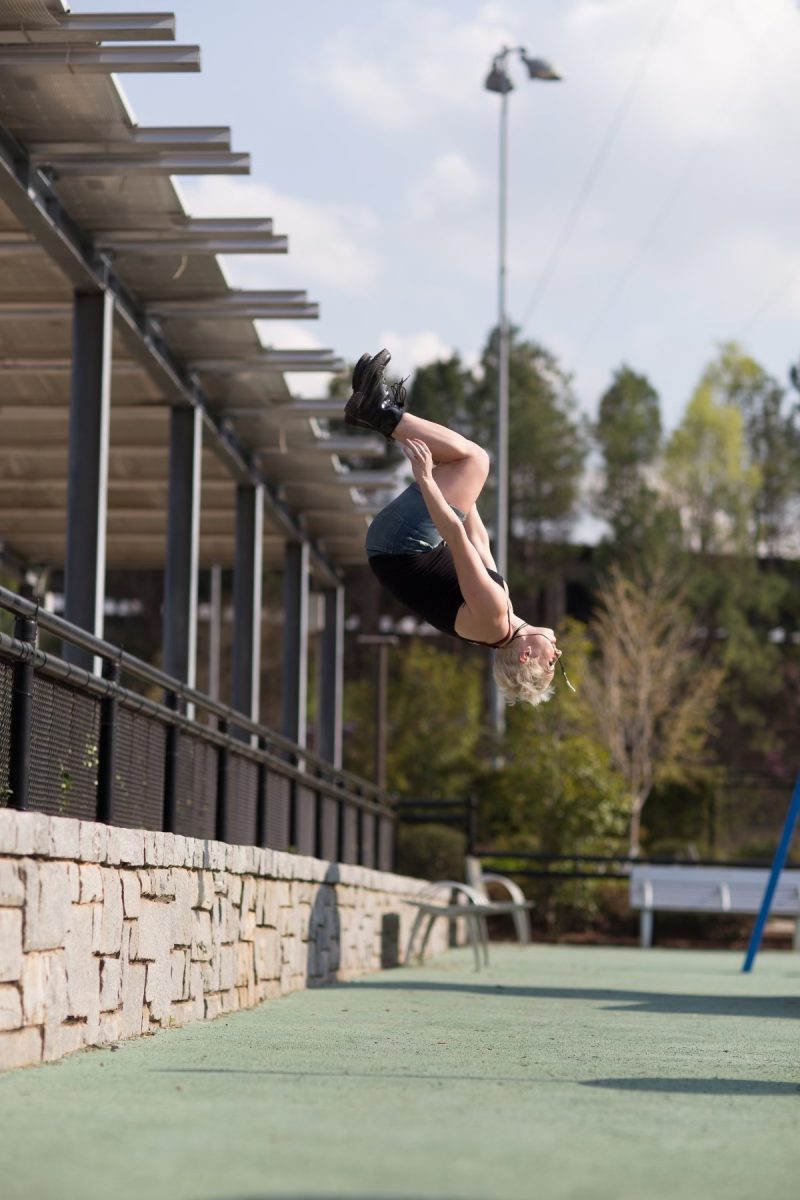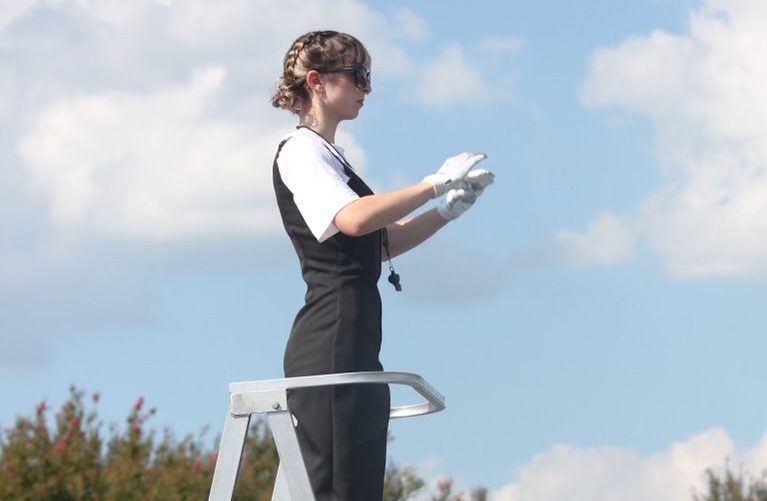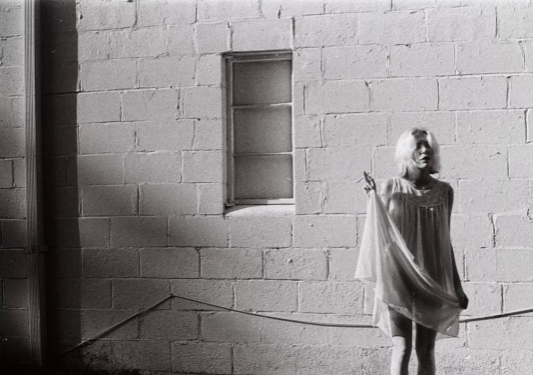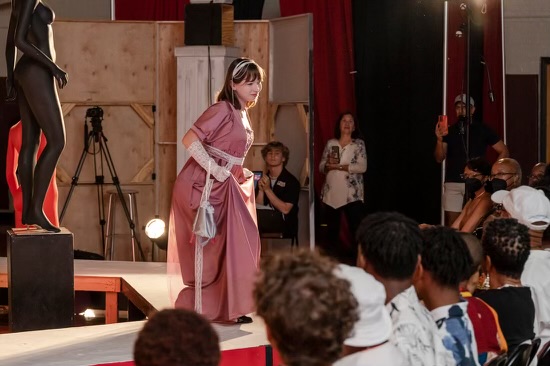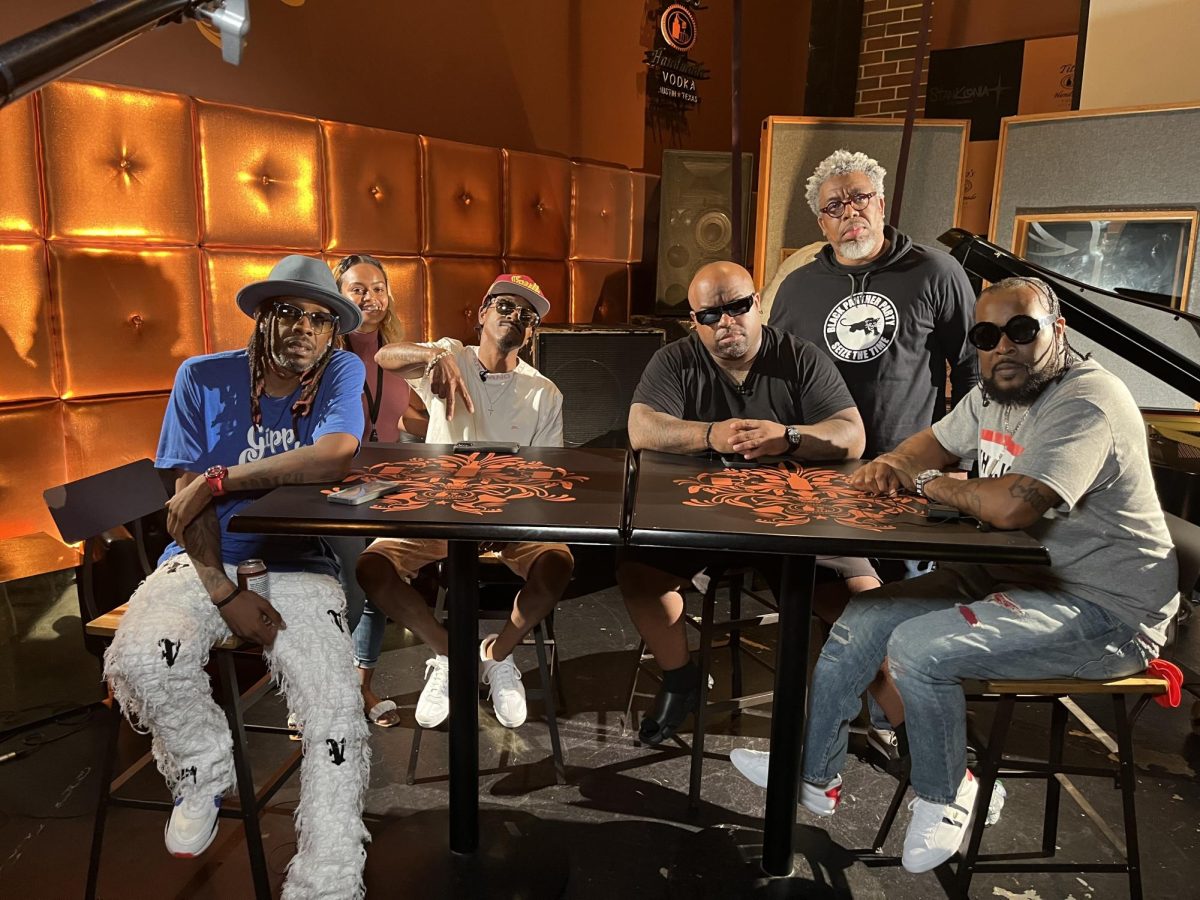BY HUNTER RUST
From barren to beautiful, the nine-mile stretch of art on the Atlanta BeltLine that passes by Grady has become a space for artistic expression.
For Director of Design Fred Yalouris, the BeltLine has always been more than a convenient mode of pedestrian transportation. It’s been a canvas for public art.
“He saw the potential of the hidden, linear green space of the old railroad corridor to be turned into a path where people stumble upon art pieces, stop and admire, keep walking, discover more art, etc.,” said Jenny Pittam, a communications coordinator of the Atlanta BeltLine. “It’s a way for us to enliven this long-forgotten space and to get people out walking, enjoying art and engaging a more healthy, stimulating lifestyle.”
Beginning in the summer and the fall of 2010, the BeltLine began its transformation into Atlanta’s largest public art project with more than 40 pieces of art exhibited along the path.
In 2010, there were 40 visual and performance pieces associated with the BeltLine. The amount of art on the BeltLine was increased by 30 percent in 2011 and increased again by 40 percent in 2012. This year, the panel received more than 180 submissions and accepted 72 into the collection.
In the spring of each year, aspiring BeltLine artists submit their proposals. A panel of judges, volunteers from Atlanta’s art community, considers each entry, which consists of a design proposal, an image and written text.
BeltLine officials take pride in the fact that the BeltLine is the largest art exhibition across metro Atlanta, including visual art, performance art and musicians. The goal of placing art throughout the BeltLine is to showcase established artists while also providing an audience for emerging artists. Designers see the BeltLine not just as a path to walk through, but also as a way to portray personal expression and beautify the industrial city.
“I think the input from local artists gives the project a lot more character,” senior James Moy said. “Without all the crazy sculptures and murals it would just be dirt and concrete, and I think the planners are hoping for the Beltline to be more than just a way to get around.”
One of the official BeltLine projects is displayed under the North Avenue bridge, just behind the Kroger on Ponce. The bridge hosts a mural spelling out the word “BeltLine,” created by The Loss Prevention, a company that has been involved with the BeltLine from the beginning. The letters of the word are surrounded by various shapes and colors, ranging from electric pink to subtle sea-foam green. To passing drivers, the wall appears to be a random potpourri of colors. When you continue through the bridge, however, the colors suddenly turn in to a word.
“We wanted it to at once be accessible (simple shapes, bright colors) but with enough depth and layering that someone could look at it a number of times and see different things going on,” Andrew Kobayashi, one of the artists working with The Loss Prevention on the project said in an email interview. The group began and completed the mural in one week. Though the days were long and hot, Kobayashi and his team enjoyed the experience.
“It can be hard, physically demanding work to do something this big, but I personally love working in a public space, especially one that is a part of the physical infrastructure of the city,” Kobayashi said. “We get to feel like a part of the city through the art we create.”
This is not the only masterpiece that the company has created for the Belt-Line. The Loss Prevention is a “multi-disciplinary collective” featuring many artists skilled in hand-painted designs and murals. The group also created the bicycle under Ralph McGill Boulevard under the Eastside trail and another mural depicting a worker on the side of Stein Steel north of Kirkwood Avenue. The artwork of the BeltLine has not only affected the artists in the community but the people within the area as well.
“I was struck by how much effort the artists put into them, considering the media they chose were not very durable,” Moy said. Moy enjoys experiencing the art on his bike rides to and from school. He has become familiar with the art along the path.
“My favorite piece was one of the first ones I saw, it was a cluster of tall welded-rebar cones with some sort of embroidered blue sheet draped between them,” Moy said. “The sheet was really detailed, considering it was the least permanent part of the piece, and the whole thing lined up really nicely with the Midtown skyline in the background.” Artists on the BeltLine appreciate the community that comes hand in hand with creating art for the project.
“As opposed to other public art projects, the BeltLine is cool because it works mostly with local artists, and sees itself as having a real relationship with the public,” Kobayashi said. “I feel that art is the best possible way to use these spaces, and even if people don’t like what we’ve done, maybe they can appreciate the repurposing of the previously bland, aesthetically purposeless space.”

